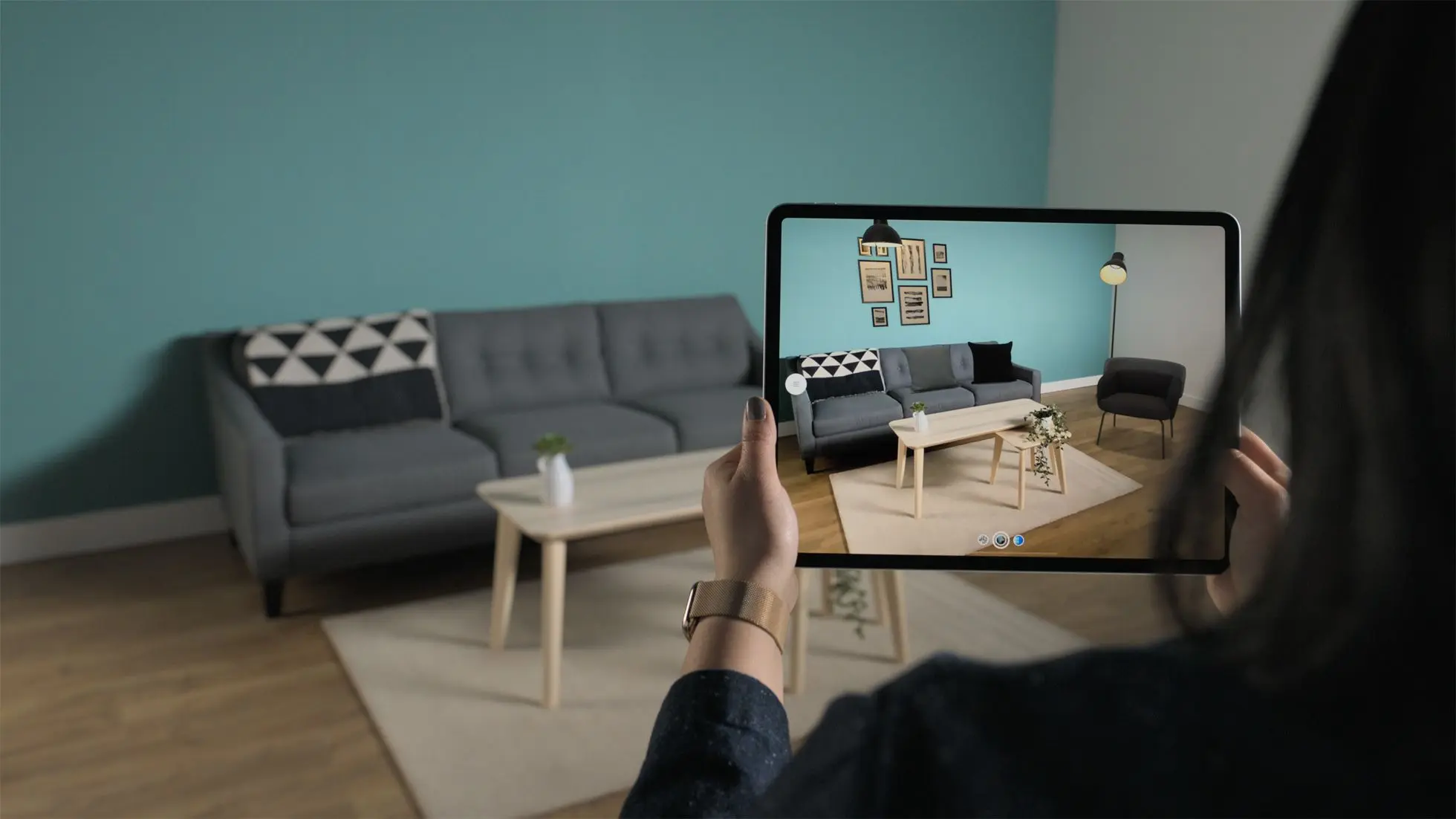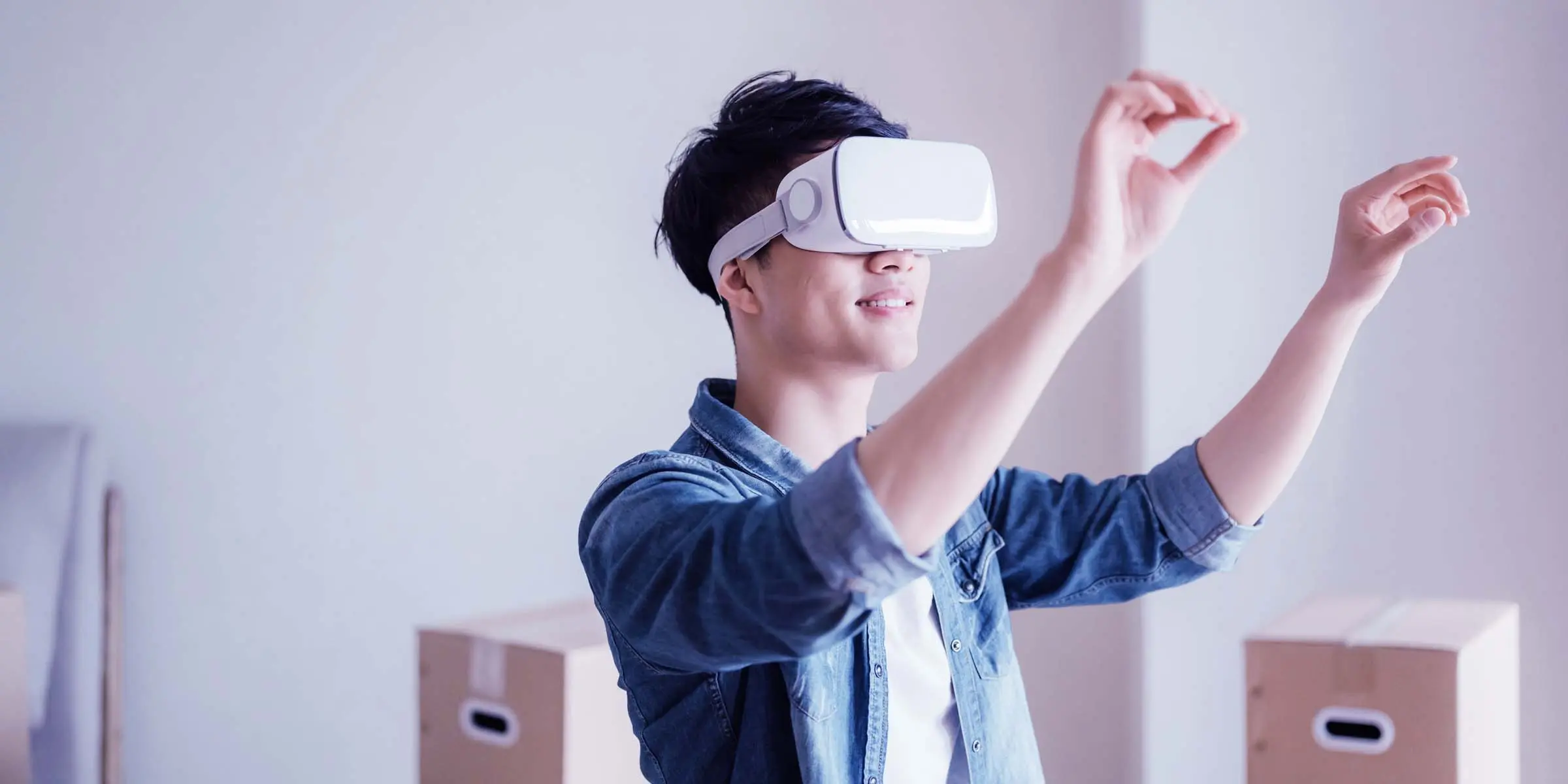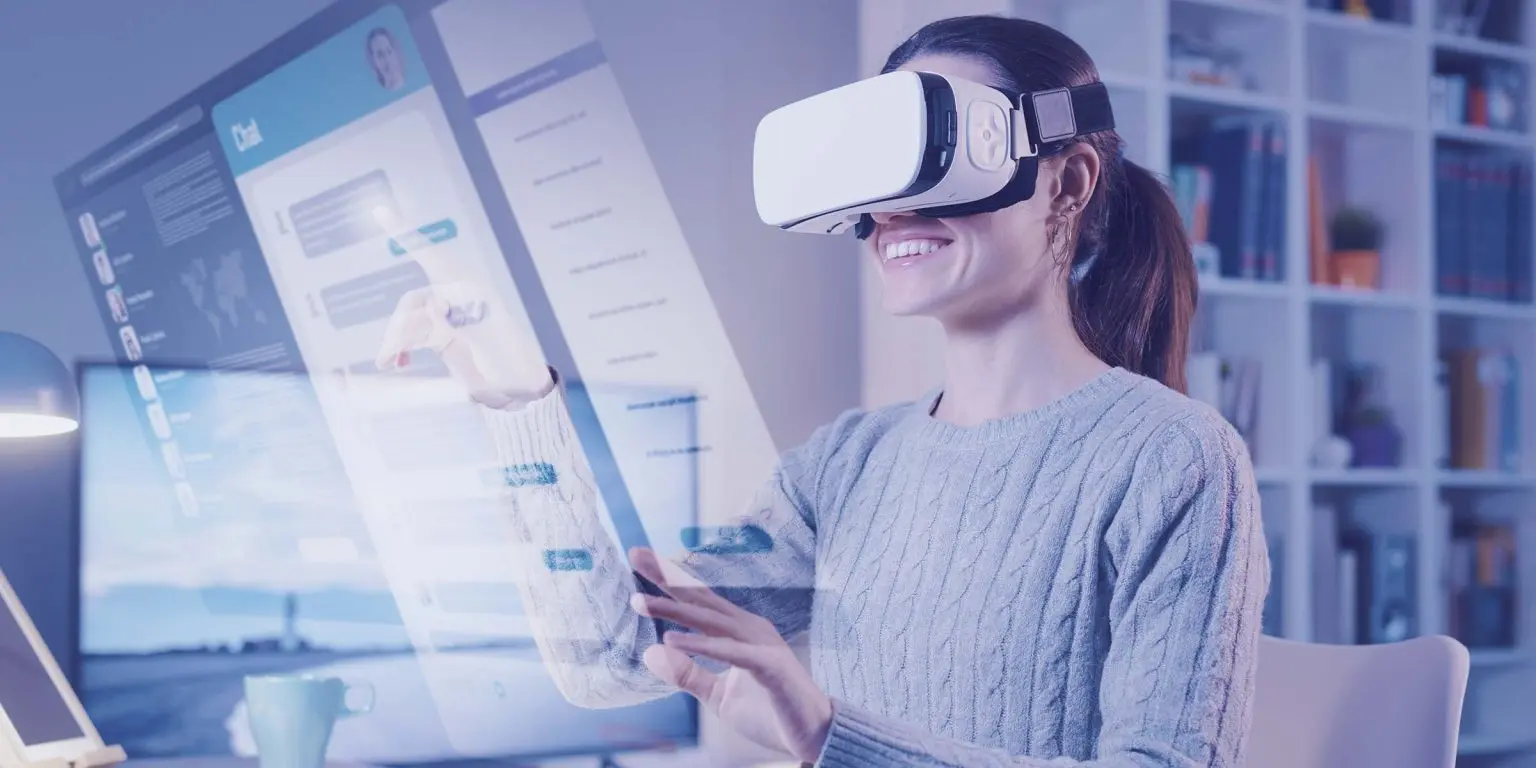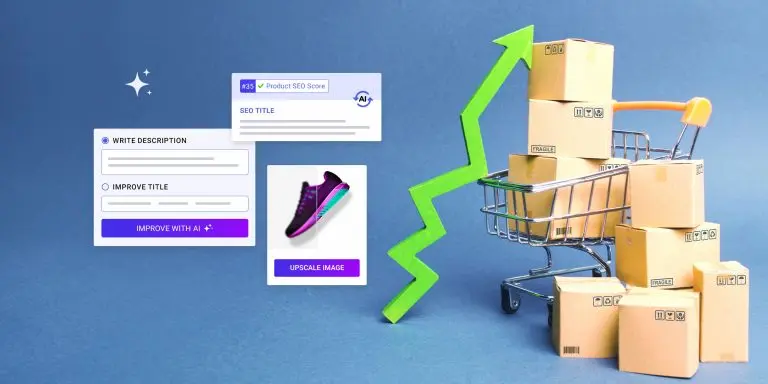Imagine walking into a store where you can try on clothes without actually wearing them, place furniture in your living room without lifting a finger, or take a 360-degree tour of a product from the comfort of your home. Sounds straight from a science fiction movie, right? Well, not anymore, this isn’t some distant dream, it’s actually the reality that augmented reality (AR) and virtual reality (VR) technologies are bringing to ecommerce.
In dropshipping, where customer engagement and product visualization can be challenging, integrating AR/VR could be what sets you apart. These technologies offer immersive experiences, helping bridge the gap between online stores and physical retail by making shopping interactive, engaging, and highly personalized. With Statista predicting that one-third of US shoppers will use AR-powered technologies by 2025, the potential for AR/VR in ecommerce is massive.
So, how exactly can AR/VR transform dropshipping, and why should you care? Well, read on to find out.
Table of Contents
What are AR and VR, and why do they matter in dropshipping?
Before we explore the nitty-gritty, let’s quickly define AR and VR.
- Augmented Reality (AR): AR overlays digital elements (like images, sounds, or text) onto the real world through devices like smartphones or AR glasses. Think of apps that let you see how a piece of furniture would look in your home or how makeup would suit your skin tone.
- Virtual Reality (VR): VR, on the other hand, immerses users in a fully digital environment, often requiring headsets like the Meta Quest. It creates a simulation where users can explore and interact with a virtual space, such as trying products or visiting virtual showrooms.
For dropshipping, these technologies solve a common ecommerce pain point: the lack of physical interaction with products. Customers can “experience” items before purchasing, reducing uncertainty and increasing trust, all critical factors for success in this business model.
With the AR/VR market projected to exceed $16 billion in the United States by 2029, it’s clear that investing in these technologies will help dropshippers stay ahead of the curve.
How AR/VR technologies can boost the dropshipping experience
1. Product visualization made real
Let’s face it, shopping online often feels like taking a leap of faith. Product images and descriptions can only go so far in building trust. This is where AR steps in.
AR tools allow customers to visualize products in real-time:
- Customers can “try on” sunglasses, jewelry, or clothing using their smartphone cameras.
- Furniture buyers can use AR apps to see how a sofa fits in their living room.
For example, the Swedish furniture Ikea AR app lets users see how furniture pieces will look in their homes by overlaying digital images onto real-world spaces through their phone or tablet cameras. This simple yet effective experience gives customers confidence in their purchasing decisions, reducing hesitation and boosting conversion rates.

Ecommerce platforms like Shopify AR can help your customers interact with 3D models, images, and videos of your products within their physical surroundings. This level of engagement turns online shopping into an interactive and trustworthy process, making customers feel like they’ve already “experienced” the product.
2. Personalized shopping journeys
AR and VR can make shopping feel personal. Imagine entering a virtual store where products are tailored to your preferences, or using an AR app that recommends items based on your past purchases.
For dropshippers, this means:
- Increased customer engagement: Personalized experiences make shoppers feel valued and understood.
- Improved recommendations: Using data-driven AR tools helps you suggest the right products, enhancing upselling opportunities.
For example, a beauty dropshipping store could use AR-powered try-on tools to recommend specific shades of lipstick or foundation based on the customer’s skin tone. This level of personalization not only boosts customer satisfaction but also increases the chances of upselling and cross-selling.
3. Reducing returns
One of the main reasons for ecommerce returns is unmet expectations. Products often look different in real life than they do in pictures, leading to dissatisfied customers.
AR/VR can help address this issue, for example:
- Shoppers can use AR to see how a sofa fits in their living room or how a pair of sneakers looks with their outfit.
- VR tools can simulate the product experience, like testing out a tent’s space virtually before purchasing it for an outdoor trip.
This level of transparency ensures customers know exactly what they’re buying, significantly reducing the likelihood of returns.
4. Creating memorable brand experiences
Dropshipping is a competitive space. One way to stand out is by offering a unique shopping experience. VR showrooms and AR-based product interactions are still new enough to impress customers and make your brand stand out.
Imagine a virtual boutique where shoppers can browse your dropshipping products as if they’re walking through a real store. It’s an unforgettable experience that builds loyalty and attracts repeat customers.
Whether it’s furniture placement, makeup trials, or interactive demos of gadgets, AR/VR can redefine how customers connect with your brand.
Real-world applications of AR/VR in dropshipping
Fashion and accessories
AR has already transformed how people shop for clothing and accessories. Customers can “try on” outfits, sunglasses, or watches virtually, reducing uncertainty around fit and style.
Home decor and furniture
Furniture and home decor dropshippers can benefit immensely from AR apps that allow customers to see how a lamp, rug, or chair will look in their room before purchasing. IKEA’s AR app has set the standard for this functionality, showing how immersive experiences can lead to higher conversion rates.
Electronics and gadgets
For gadgets and tech products, AR/VR can offer interactive tutorials or detailed 3D models that help customers understand features and functionality. This is especially useful for high-ticket items where buyers need to be sure about the product before committing.
Challenges and opportunities in AR/VR integration
Challenges
While the benefits are clear, implementing AR/VR isn’t without challenges.
- Cost: Developing AR/VR tools can be pricey, especially for smaller dropshipping businesses. However, platforms like Shopify and Wix are making these technologies more accessible with built-in AR tools.
- Learning curve: Both sellers and customers may require some education to fully utilize AR/VR features effectively.
- Device compatibility: AR/VR experiences often require modern devices, which may limit accessibility for some customers.
Opportunities
Despite these challenges, the advantages of AR/VR far outweigh the drawbacks, especially as the technology becomes more affordable and widespread.
- Market growth: With Statista predicting that one-third of US shoppers will use AR for online purchases by 2025, the demand for AR/VR shopping tools is only going to increase.
- Competitive edge: Early adoption of AR/VR can set your dropshipping store apart from competitors, positioning you as an innovative leader in your niche.
- Enhanced customer loyalty: Immersive and personalized shopping experiences foster stronger connections with customers, leading to repeat business and higher lifetime value.

How to integrate AR/VR into your dropshipping business
1. Choose the right tools
Use platforms like Shopify AR or ready-made AR/VR plugins that integrate seamlessly with your online store. These tools offer a cost-effective way to explore AR/VR without starting from scratch. You can also use tools like 3D product models or AR try-on solutions tailored to your niche.
2. Partner with experts
If you lack the technical expertise, partner with developers who specialize in AR/VR. They can create custom solutions that align with your brand and products.
3. Test and scale
Start small by introducing AR/VR features for your best-selling products. Monitor performance and customer feedback before scaling up to include your entire catalog.
4. Educate your audience
Not all customers are familiar with AR/VR. Create guides, videos or demos to show them how to use these features, ensuring they get the most out of the experience.
The future of AR/VR in dropshipping
The integration of AR/VR technologies in dropshipping is still in its early stages, but the potential is limitless. As these technologies evolve, expect to see:
- Haptic feedback: This will allow customers to “feel” products virtually using VR gloves.
- Social AR experiences: AR/VR could make shopping a group activity, with friends exploring virtual stores together.
- AI Integration: Combining AR/VR with AI could create hyper-personalized experiences, where virtual assistants guide customers through their shopping journey.
Final thoughts
For dropshippers willing to embrace innovation, AR/VR could be the key to standing out in a crowded market and delivering unparalleled value to customers.
So, as we move into 2025, the question isn’t whether AR/VR will shape the future of ecommerce, it’s whether your dropshipping business will be ready to lead the way.
Read next: 30+ Dropshipping Statistics You Need to Know in 2025











